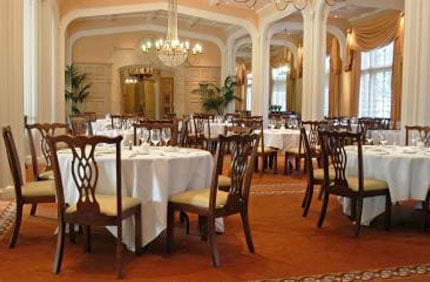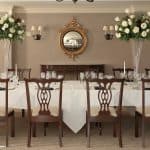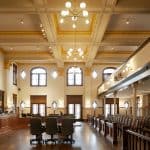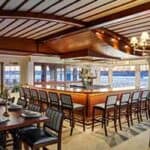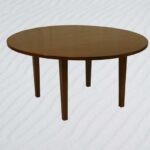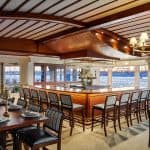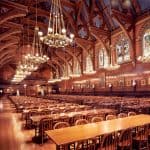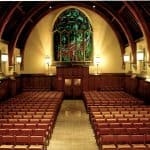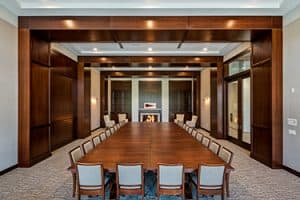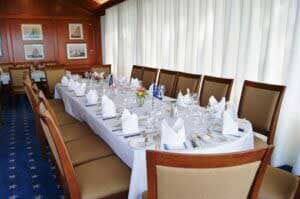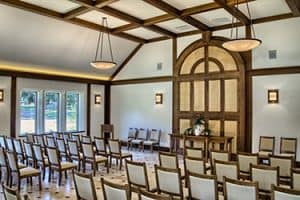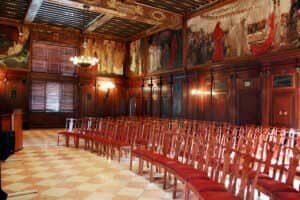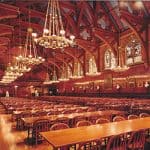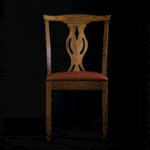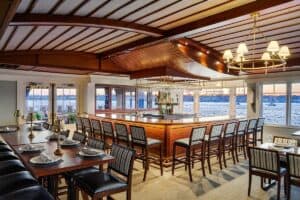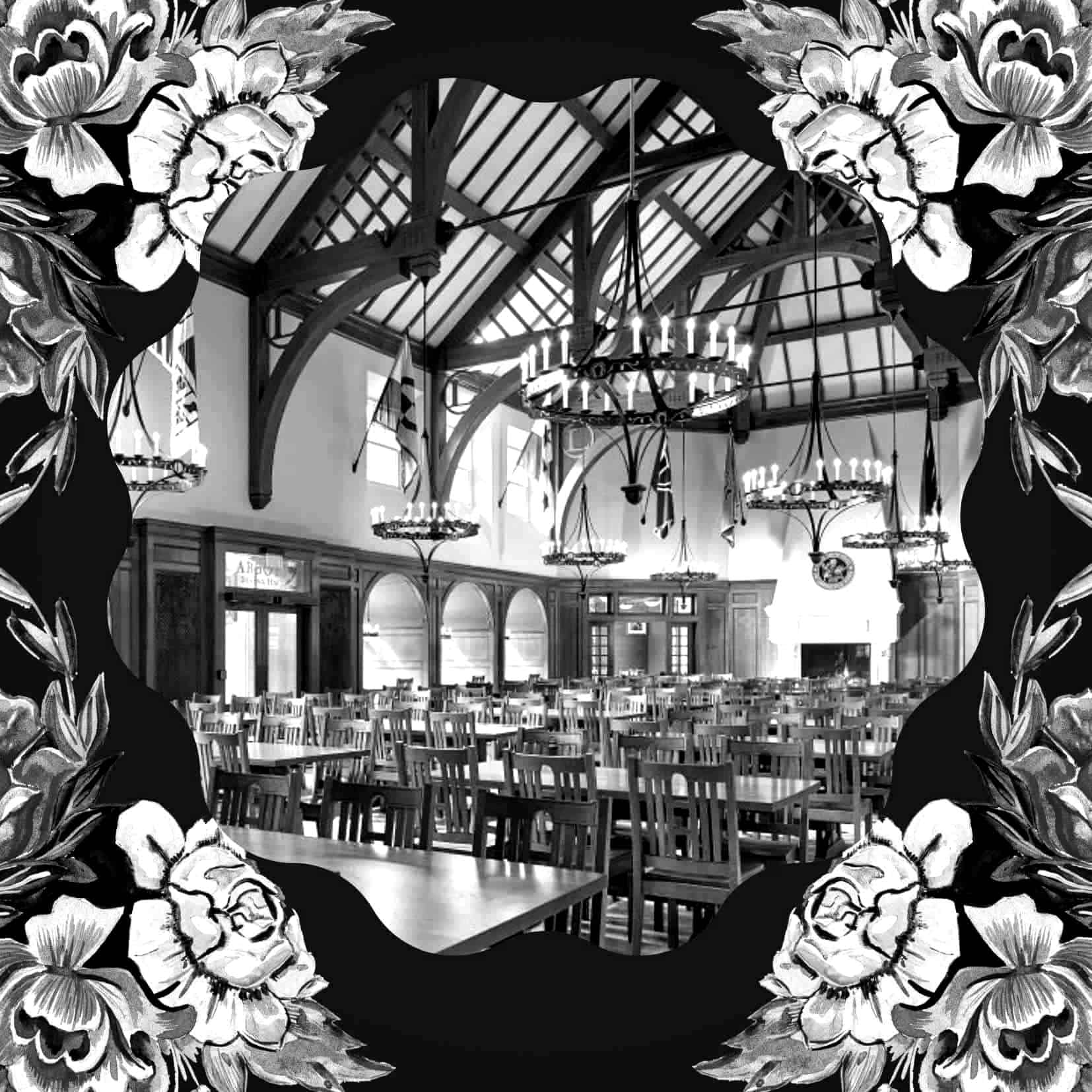Collegiate Gothic University
At Eustis Chair we create hardwood chairs custom made for your high-use spaces. Chiefly, our line has a variety of models customized for certain architectural styles. Therefore, we would like to highlight these styles as a starting point for deciding which chair is best for your institution. Additionally, many colleges and universities, that aesthetic lies in Neo-Gothic – or Gothic Revival – architecture, first appearing in the 19th century and continuing into today.
- This style is arguably most represented on America’s college campuses, with countless higher education institutions including such buildings.
- It’s so prominent that it has its own distinction as “Collegiate Gothic University,” a sub genre of the original 1800’s movement.
- Today, the design touches of neo-Gothicism are easily identifiable.
- Stone exteriors give way to hardwood ceilings or buttresses, with long and narrow windows letting little natural light pass through.
- In its place, heavy chandeliers descend from above to highlight pointed arches, rising towers, and intricate detail throughout the interior.
- Neo-Gothic structures impart some sense of Old World charm, and, as a standard horror setting, an airy thrill or mystery to boot.
Some of the foremost examples above include our past customers.
St. Mary’s College of California is home to Oliver Hall (top), a Gothic facility originally built in 1928. Medievalesque artwork adorns the walls that surround the main floor, packed with long tables not unlike those used for candlelit banquets of the past.
The Burton-Judson Courts at the University of Chicago (center) hosts vaulted ceilings with elaborate motifs engraved in high wood panels. Its dining hall includes soaring arches that tapers to a point between the expansive windowpanes, emphasizing the open atmosphere devoid of further partitions.
At Towson University is a slightly older Gothic hall, the Newell dining hall. Towson built it at the onset of World War I. Elevated iron chandeliers glimmer above carved ornamentation gracing the room sides, with a raised platform that looks out to the regal space below.
We have worked with all three to construct fitting Gothic chairs for these premier spaces. Out of the 90+ chairs in our line, there are five that best embody the spirit of the Gothic Revival:
The Cross Campus is our premier collegiate Gothic university chair. The smooth, modest finials at the top draw the eye to the rails of the chair, centered by an archway that mimics the style’s distinctive doorway curvature. The stretchers, which are the horizontal beams near the bottom of the chair, also harken back to this design style – with the Eustis Joint these stretchers are not necessary for support, but we included them to complete the overall look.
The Taft was specifically designed for a Gothic dining hall, with a bonus as one of our stackable chairs. The back has a wide banister that finishes in a slight arch. It also has a subtle carving on the top slat for a clean, refined touch. While it can be appropriate in a number of settings, it is best at home in stony corridors.
Furthermore, the Skillman embraces a stark, austere appearance while retaining both comfort and durability. Like all of our traditionally built chairs, we make the Skillman with our special “box construction” configuration. This uses oversized mortise and tenon joints with reinforcing dowel pins to create a chair that will endure for generations.
And more…
The Burton Judson was crafted to enhance the elegance and functionality of colligiate Gothic halls for decades to come. Like the Cross Campus, its back rails also to emulate the elongated windows prevalent in Gothic chambers worldwide. It deviates from our other design with the absence of chair stretchers, which makes it (and our arm chair version) able to stack up to eight chairs high.
The Bartlett Hall is also one of our most popular chairs for great halls that are hundreds of years old. This chair was the inspiration for the aforementioned Skillman model, with the added advantage of being stackable. This side chair, or its sister arm chair, are excellent choices for complementing the enigmatic architectural elements found in many turn-of-the-century buildings.
Lastly, for chairs that fit other architectural styles, view our full directory of chair models or contact us for a consultation.













